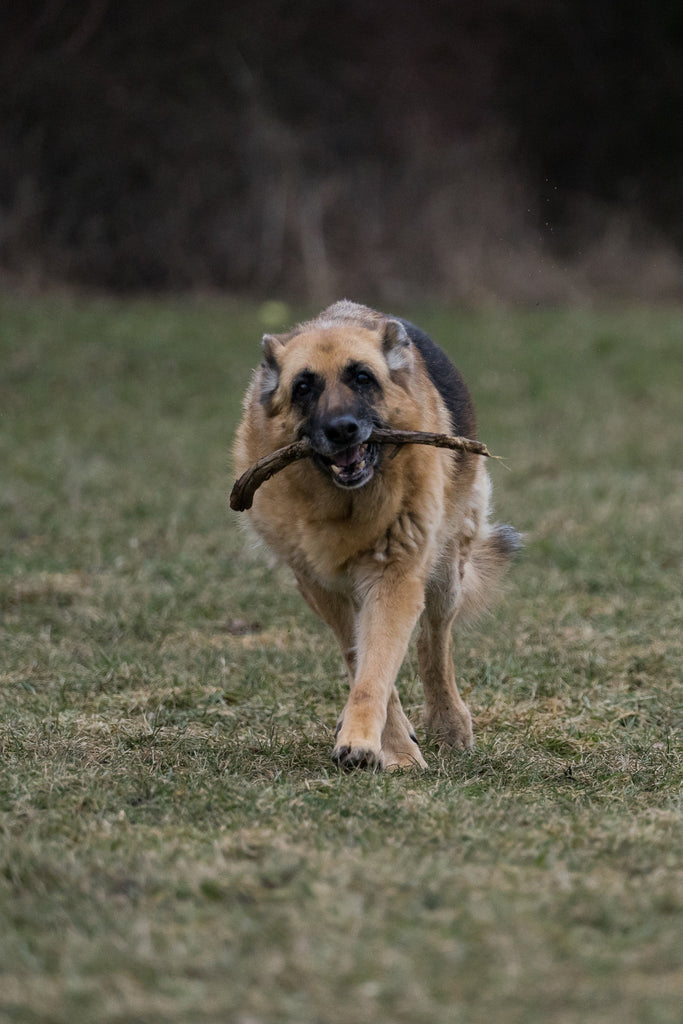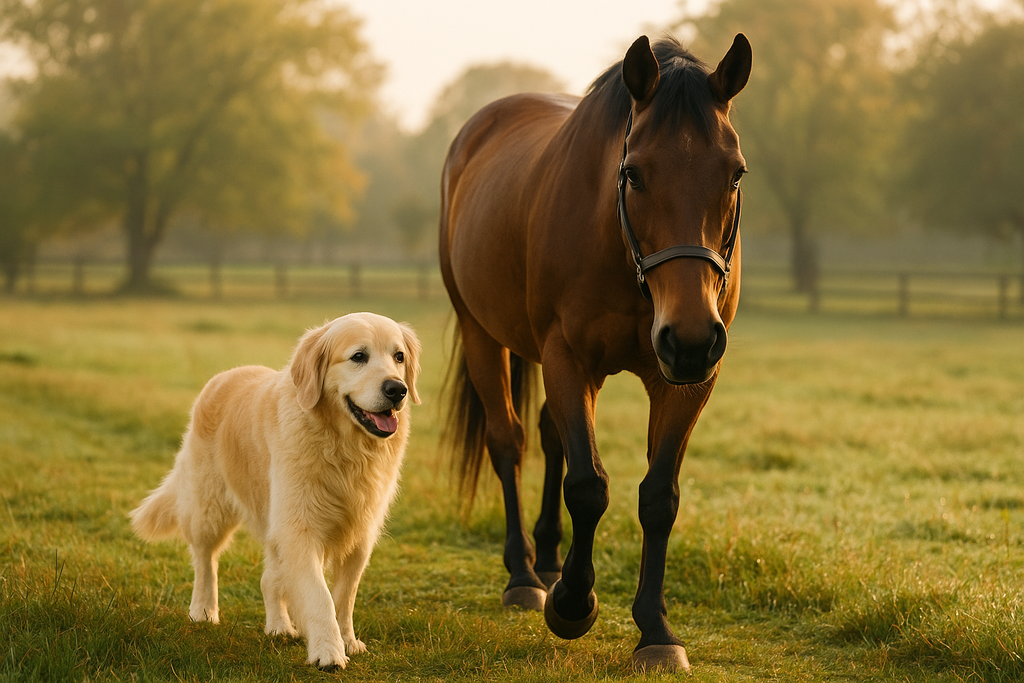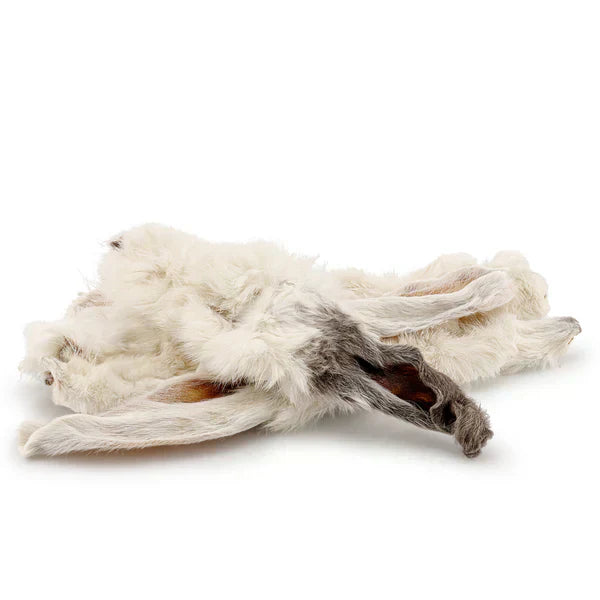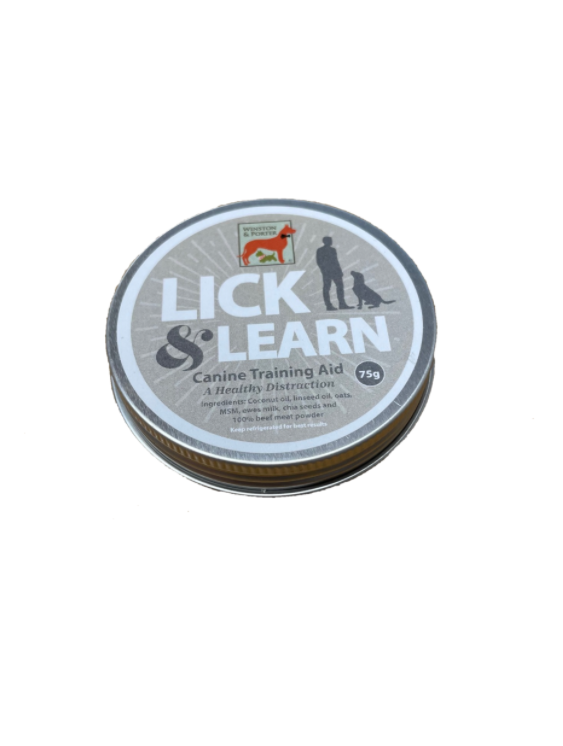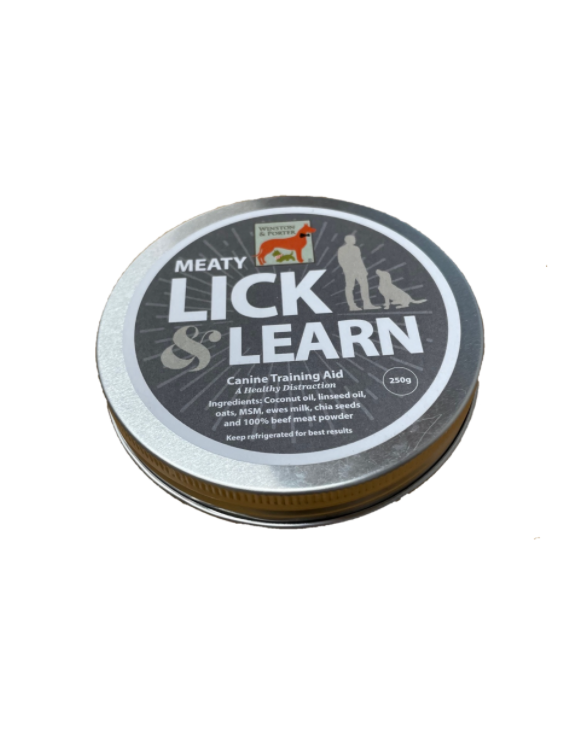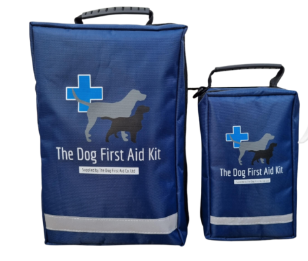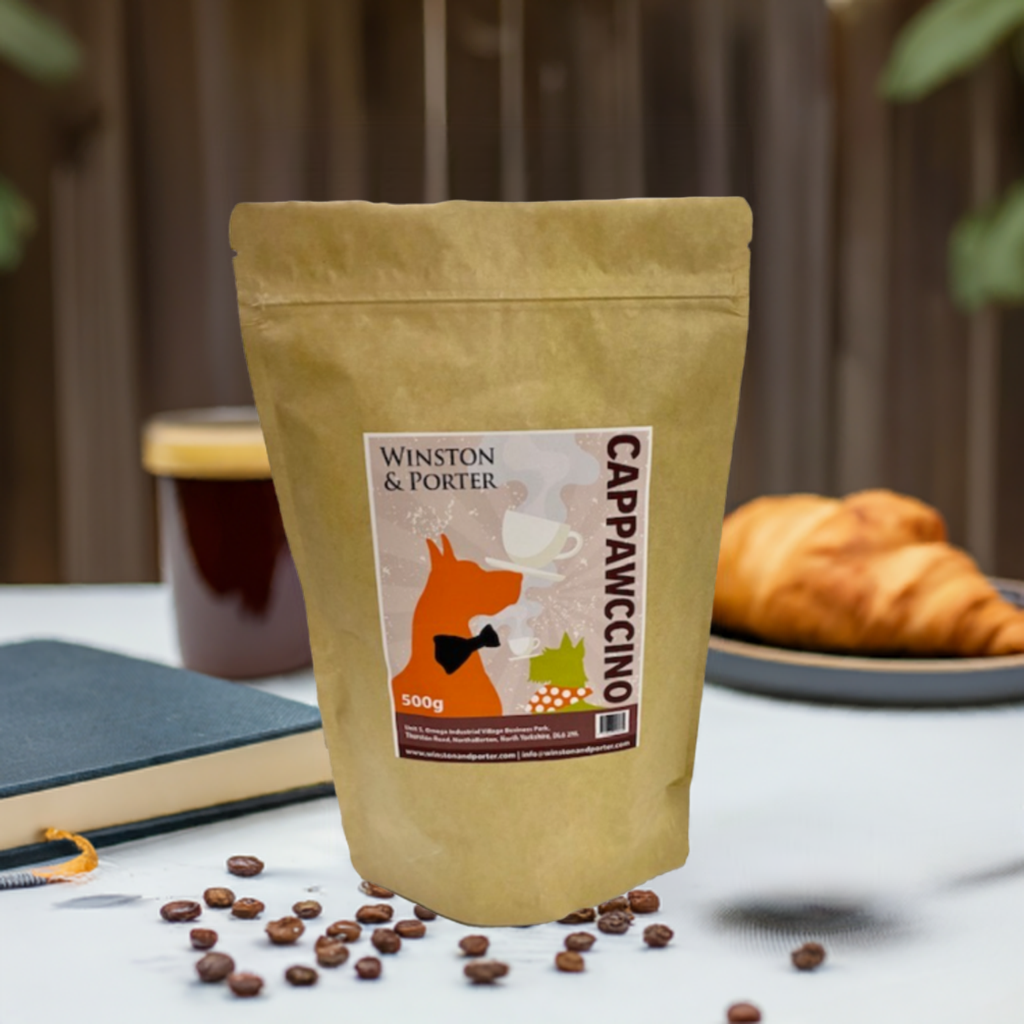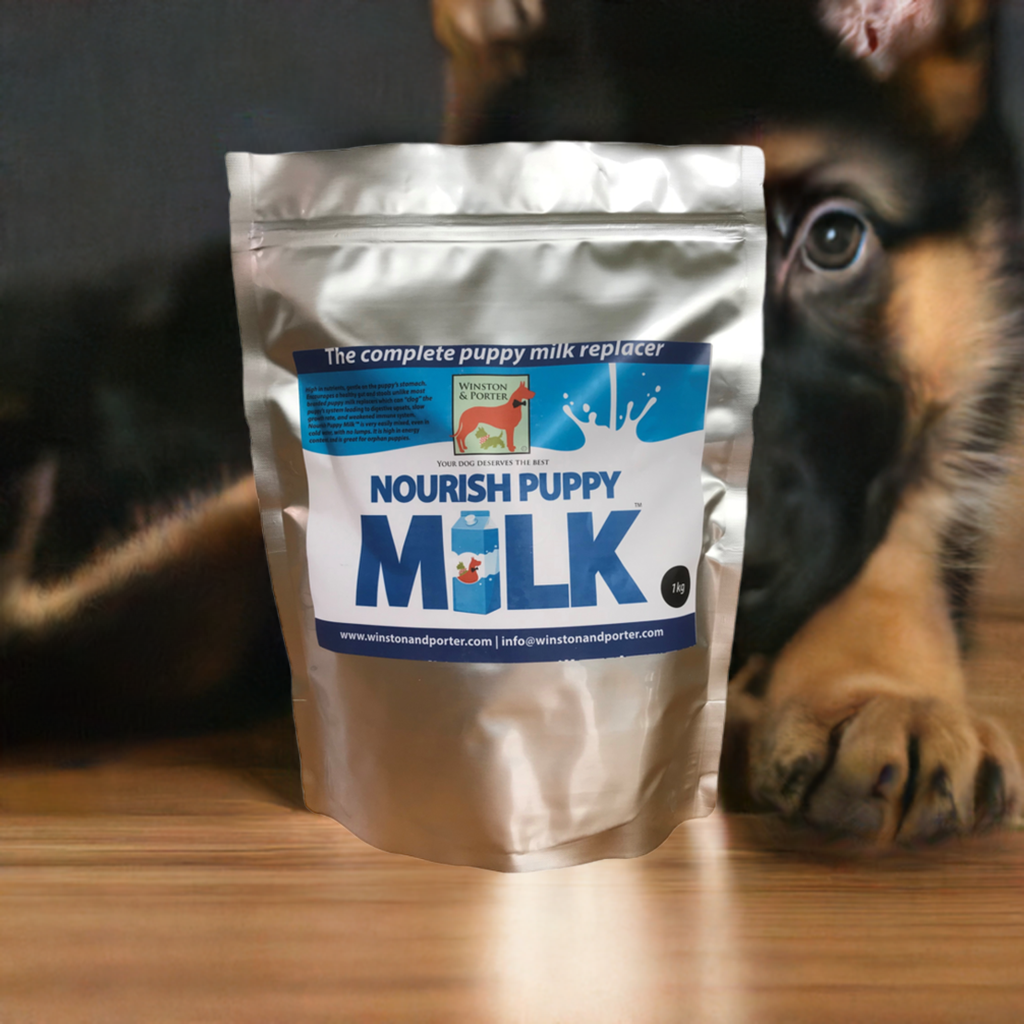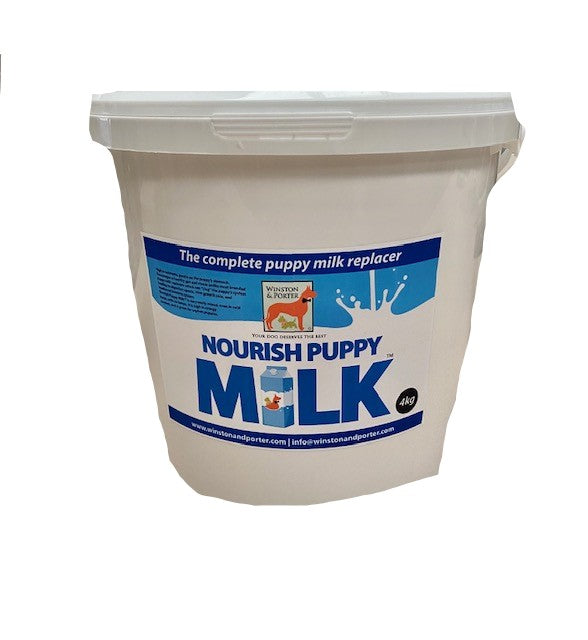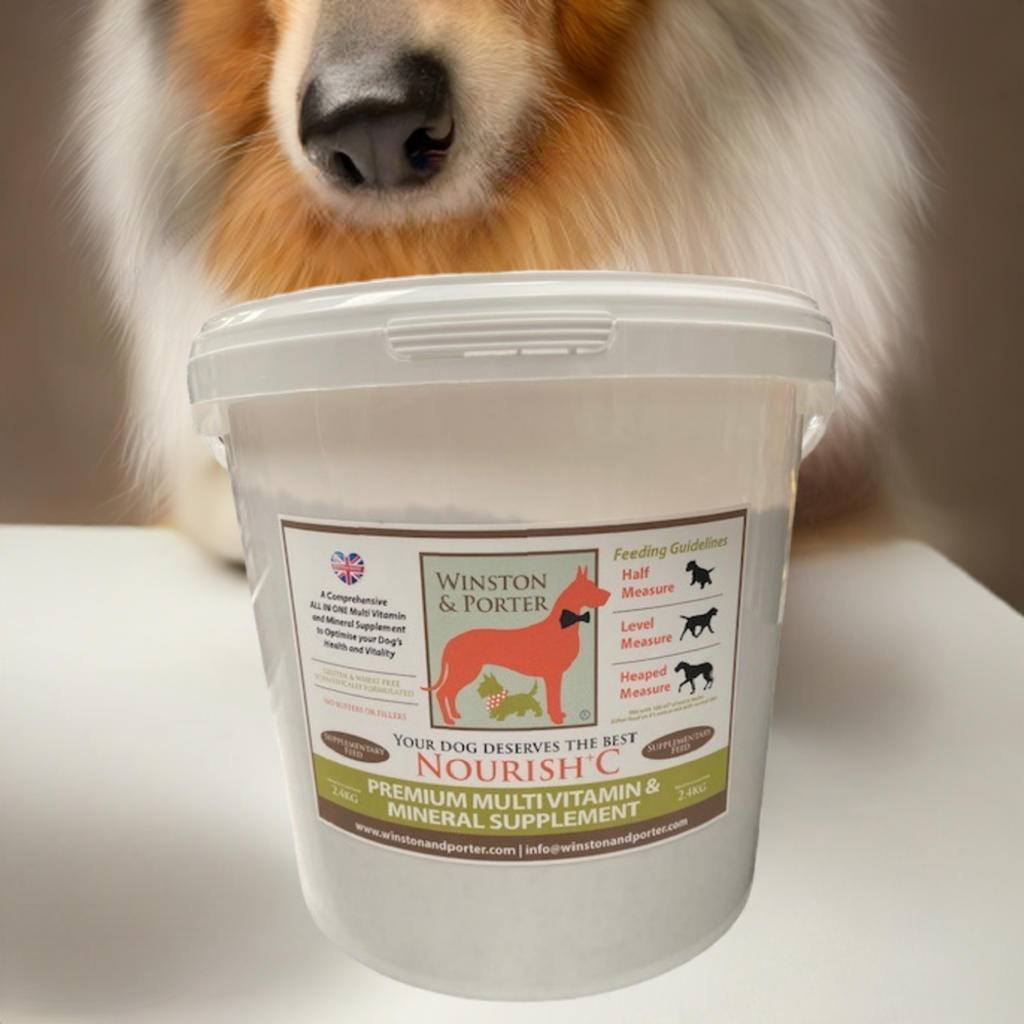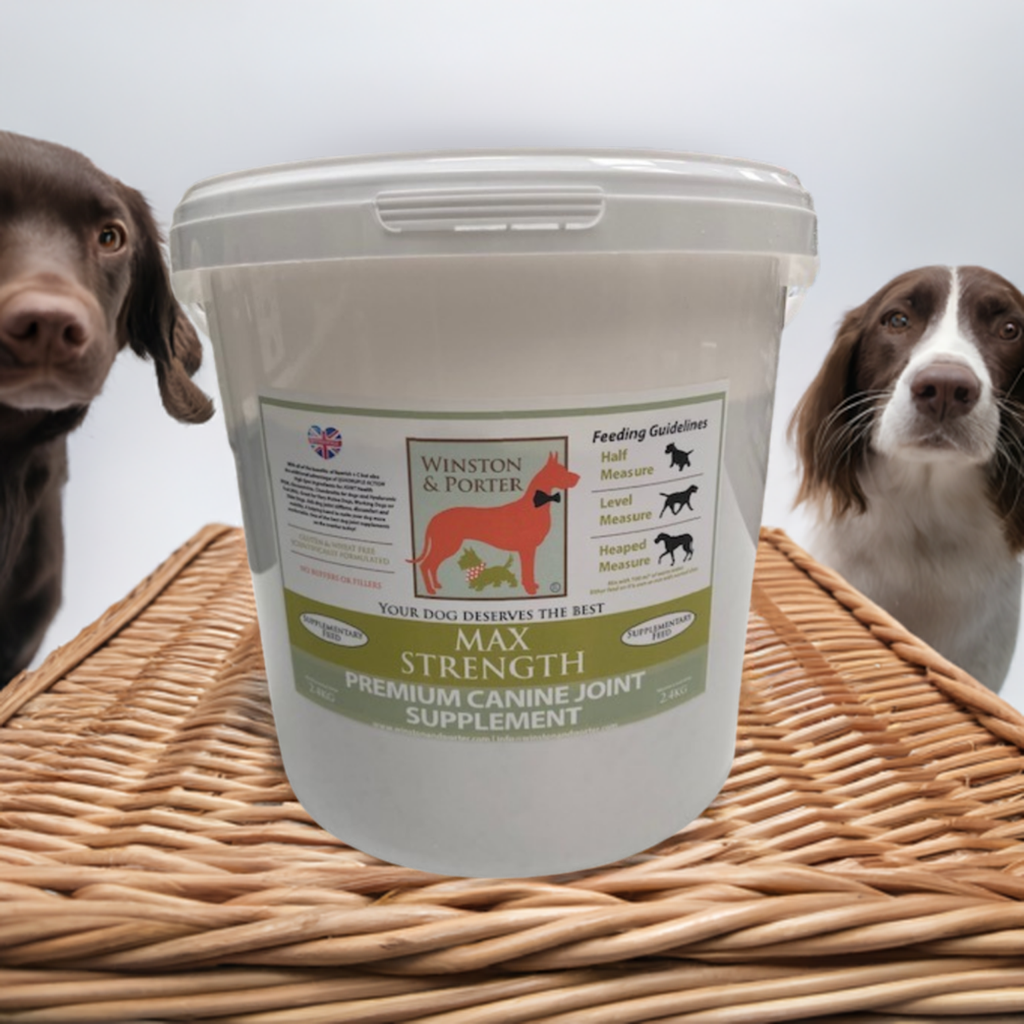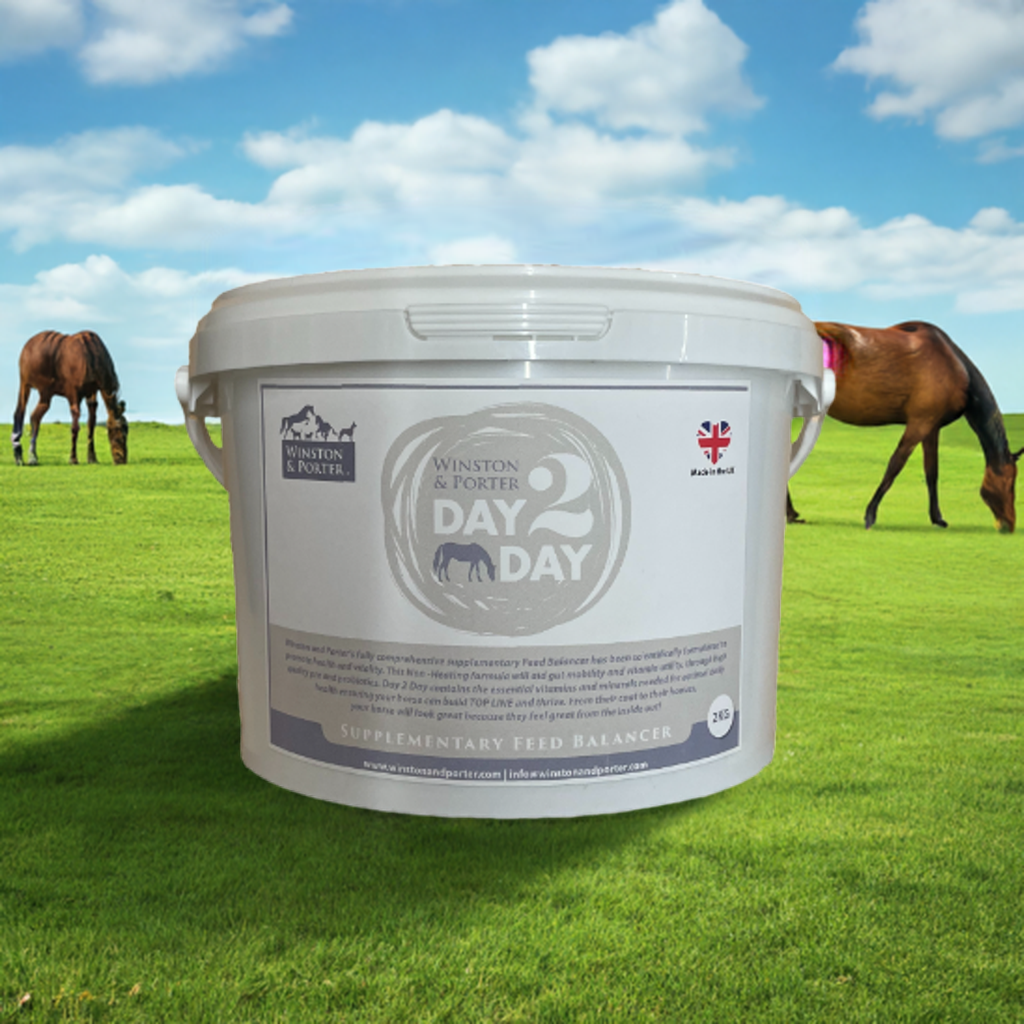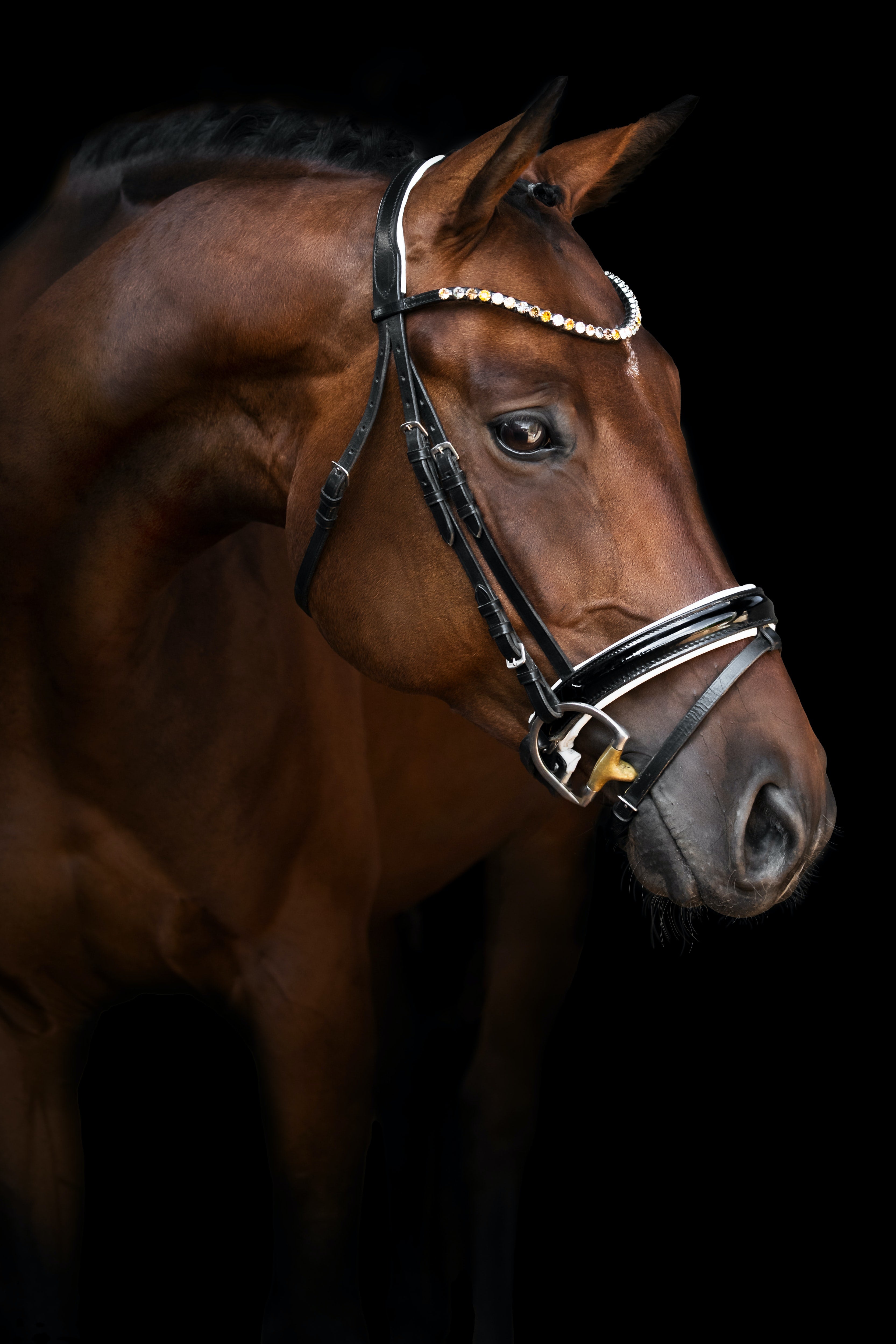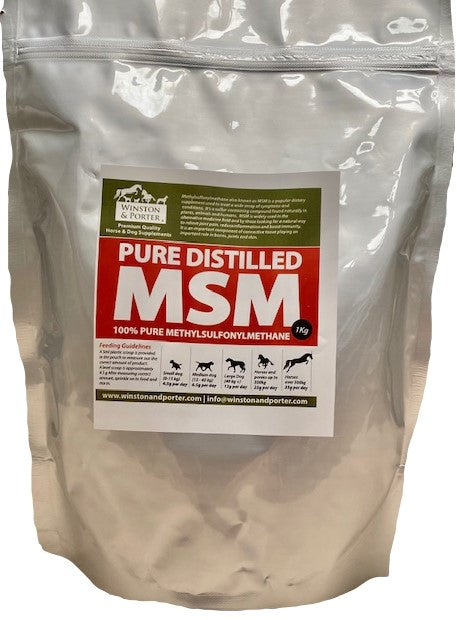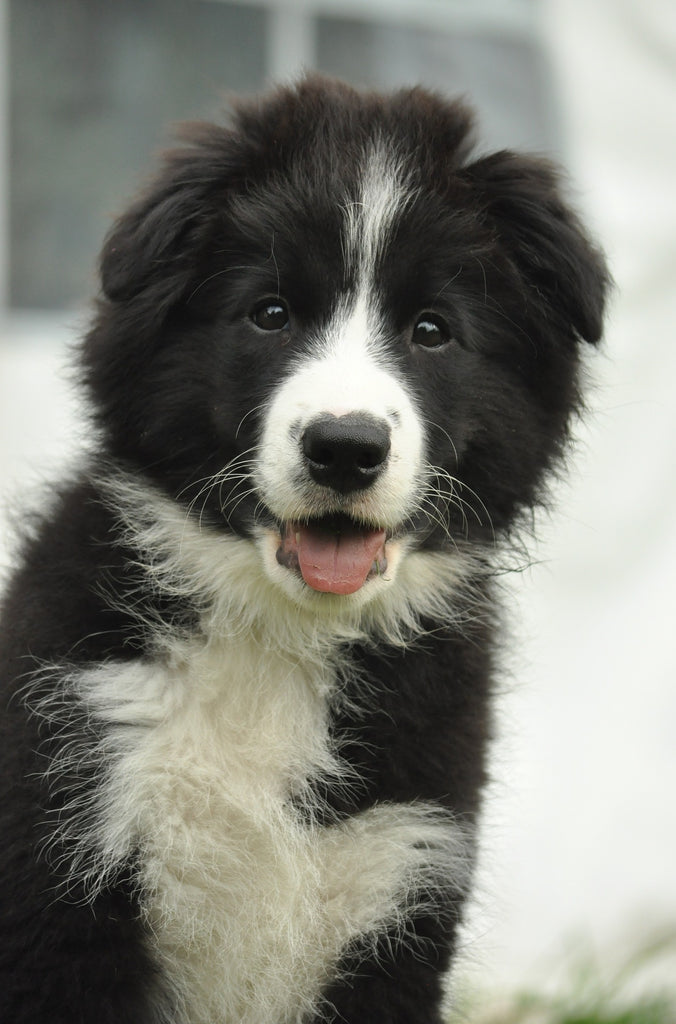
The Fascinating History of Collies: Did you know? The word 'Collie' may originate from the old Gaelic word for ‘Useful’.

For centuries, the border collie has been known for its intelligence, loyalty, and unparalleled work ethic. But did you know that the term "useful" played a pivotal role in the development of this beloved breed?
As the word itself goes, “colley” or “collie” is the subject of debate among cynologists and etymologists alike. One source maintains that “Collie'' is a Gaelic word meaning ‘useful,’ while another relates the word to the German, ‘Kuli,’ pronounced the same way as the English ‘coollie’, which means ‘worker’ (and there is indeed a breed called ‘Alt Deutscher Kuli’ which works with sheep). Another theory, however, is that “collie” is a dialectical form of “coaly,” “colley” or “coly” which means “coal-black” in references to sheep with black face and legs. From their origins in Scotland to their rise in popularity as show dogs, the history of collies is a fascinating one. Whether you're a longtime fan of these furry friends or simply curious about their past, there's no denying the enduring appeal of collies.The border collie face in my opinion is one of the cutest, especially as a puppy. Join us as we explore the intriguing story of how this breed came to be, and discover why collies have remained a favorite among dog lovers for generations.
The origins of collies in Scotland
Collies are believed to have originated in Scotland, where they were used for herding sheep and cattle. The breed's name is thought to have come from the Scottish word "colley," which means "black," as many early collies were black in color. However, the breed also came in various other colors, including sable, white, and tricolor.
In the 18th and 19th centuries, collies were highly valued by Scottish shepherds for their intelligence and herding instincts. They were also known for their loyalty and devotion to their owners. Collies were often used to work in tandem with a shepherd, with one dog keeping the sheep in line while the other fetched strays.
Despite their usefulness, collies remained relatively unknown outside of Scotland until the mid-1800s. It wasn't until Queen Victoria took an interest in the breed that collies began to gain popularity beyond their native country.
The role of collies in farming and herding
Collies played an essential role in Scottish farming and herding communities, where they were relied upon to help manage sheep and cattle. The breed's intelligence and natural herding instincts made them well-suited to this work, and they quickly became valued members of the farming and herding communities.
Collies were often trained from a young age to work with their owners, and they were known for their ability to work tirelessly for hours on end. They were also highly adaptable, able to work in a variety of terrains and weather conditions.
Despite their usefulness, collies were not immune to the dangers of herding work. Many collies were injured or killed in the line of duty, either by aggressive sheep or by falls from cliffs and other hazards. Nevertheless, collies remained an essential part of Scottish farming and herding communities throughout the 18th and 19th centuries.
The influence of Queen Victoria on collie popularity
It wasn't until Queen Victoria took an interest in collies in the mid-1800s that the breed began to gain popularity beyond its native Scotland. Queen Victoria was an avid dog lover and owned several collies throughout her life. She was particularly fond of a dog named Sharp, who she acquired in 1860. Sharp lived from around 1865 to 1897,so a good age for a dog by any standards. He was buried in the grounds of Windsor Castle.

Queen Victoria's love of collies helped to popularize the breed in England and beyond. Collies became known as a favorite breed of the royal family, and their popularity soared. Many people began to acquire collies as pets, and the breed's reputation as a loyal and intelligent companion only grew.

The development of the modern collie breed
In the late 19th and early 20th centuries, collies began to be bred for their appearance as well as their work abilities. Breeders began to focus on creating dogs with a particular look, including a long, narrow head and a thick, flowing coat.

This emphasis on appearance led to the development of two distinct types of collies: the rough collie and the smooth collie. Rough collies had long, flowing coats, while smooth collies had shorter, sleeker coats. Both types of collies were known for their intelligence and work ethic, but their appearance became increasingly important in the show ring. There are numerous colour combinations of collies including the standard black and white, tri colour (black, white and brown), tri blue merle, tri red merle, blue merle, red merle, chocolate border collies and chocolate and white. As a child we owned an all white border collie called Kelly so there are I am sure colour combinations that I have not mentioned, so please forgive me. At the moment we own the beautiful ‘Mouse’, a red merle bitch who is 5 years of age.
By the early 1900s, collies had become a popular breed for dog shows, where they were judged on their appearance and physical attributes. The breed's popularity continued to grow throughout the early 20th century, and collies became a fixture in American households.
The impact of World War I and II on collies
Like many breeds, collies were impacted by the two World Wars. During World War I, many collies were deployed to the front lines as messenger dogs and search and rescue dogs. Their intelligence and adaptability made them well-suited to this work, and they played a crucial role in the war effort.
During World War II, collies were used in a similar capacity. However, the war also had a significant impact on the breed's popularity. Many people were unable to care for pets during the war, and the number of collies in the United States and other countries declined.
Despite these challenges, collies remained a beloved breed among dog lovers. Their intelligence and loyalty made them popular as family pets, and their work ethic continued to make them valued members of many farming and herding communities.
The rise of collies as show dogs
Throughout the 20th century, collies continued to be a popular breed for dog shows. The breed's appearance and physical attributes were increasingly important in the show ring, and breeders focused on creating dogs with a particular look and gait.
Collies were particularly popular in the United States, where they were known for their graceful appearance and flowing coats. They were often featured in movies and television shows, further cementing their place in popular culture.
However, the emphasis on appearance also had some negative consequences for the breed. Some breeders focused on creating dogs with extremely narrow heads, which led to health problems such as eye issues and difficulty breathing. In recent years, efforts have been made to breed collies with a healthier appearance while still maintaining the breed's distinctive look.
The role of "usefulness" in collie breeding
Despite the breed's popularity as a show dog, collies remain a working breed at heart. Many breeders still prioritize the breed's usefulness above its appearance, and collies continue to be valued for their intelligence, loyalty, and work ethic.
In recent years, collies have been trained for a variety of jobs, including search and rescue work, therapy work, and even as service dogs. Their intelligence and adaptability make them well-suited to these roles, and they continue to be valued members of many communities.
Famous collies in history and pop culture
Over the years, collies have become beloved not only for their intelligence and work ethic but also for their appearances in movies, television shows, and literature. Perhaps the most famous collie of all time is Lassie, the titular character in a series of books, movies, and television shows that began in the 1940s.
Lassie was a rough collie who was known for her intelligence, loyalty, and courage. She was often depicted as coming to the aid of her human companions in times of trouble, and her story captured the hearts of people around the world.
Other famous collies include Lad, the hero of the 1915 novel "Lad: A Dog," and Pal, the first collie to play Lassie on screen. Collies have also been featured in movies such as "The Three Lives of Thomasina" and "The Incredible Journey."
The enduring appeal of collies as pets
Despite the changes in the breed over the years, collies remain a popular breed among dog lovers. Their intelligence, and other attributes that I have already mentioned make them well-suited to a variety of roles, from family pets to working dogs.
Collies are known for their gentle nature and their love of human companionship. They are loyal and protective of their families and are often used as therapy dogs due to their calming presence.
Collies do require regular exercise and grooming, but many owners find that the benefits of owning a collie far outweigh the work involved. Whether you're looking for a working dog or a loyal companion, collies have a lot to offer.
Conclusion: The legacy of collies and their place in our hearts.
From their origins as working dogs in Scotland to their rise in popularity as show dogs and beloved family pets, the history of collies is a fascinating one. Despite the changes in the breed over the years, collies remain a beloved breed among dog lovers, valued for their intelligence, loyalty, and work ethic.
The enduring appeal of collies is a testament to the breed's legacy and its place in our hearts. Whether you're a longtime fan of these furry friends or simply curious about their past, there's no denying the fascinating history of collies and the important role they have played in our lives.


